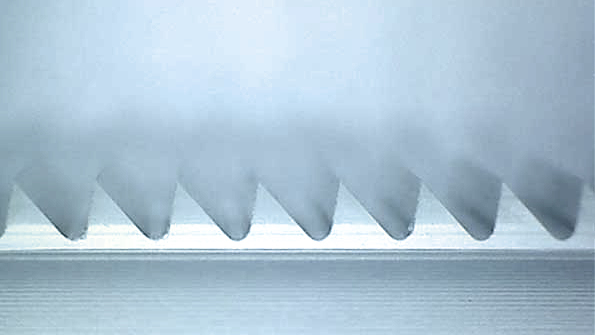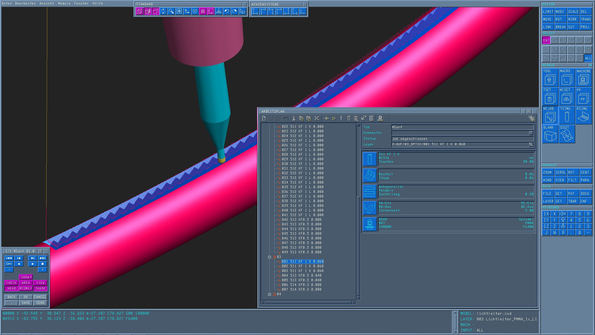Ingolstädter Fräszentrum GmbH/Josef Hofmann Modell- und Leuchtentechnik GmbH
Josef Hofmann and his team were amazed in 1984 when they held a finished rear window made from styrofoam just 24 hours after their first milling machine was installed. Bernhard Rindfleisch, a newly established young entrepreneur from Munich, was also present.
Company
Ingolstädter Fräszentrum GmbH/Josef Hofmann Modell- und Leuchtentechnik GmbH
Location
Ingolstadt, Germany
Focus
End-to-end CAM process with Tebis
Benefits:
- Optimal flow of information
- Time-saving multiple setup
- Reliability with simulation
Sector
Automotive
Model making
Published
2014
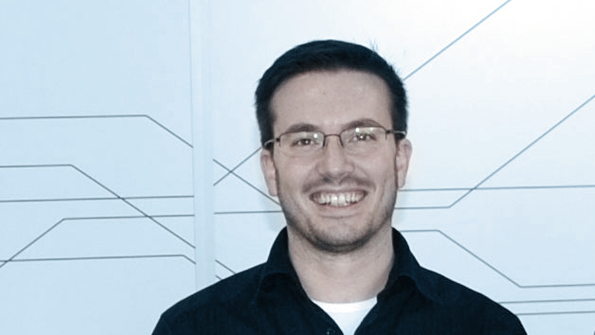
Interviewee: Christoph Bayer, Project coordinator
With the support of Tebis Consulting, we were able to integrate professional and efficient project management in our company within a short time.
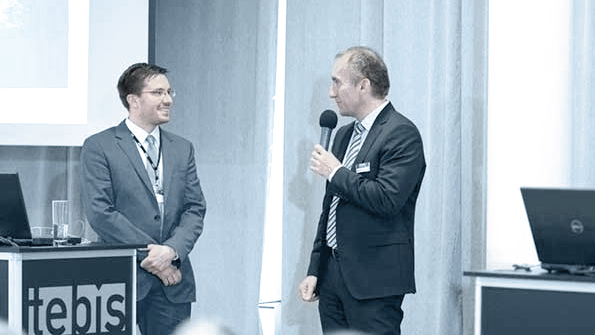
Rindfleisch developed a PC-based time recording system for Hofmann in 1983 and increasingly supported the company in their NC milling and digitizing of scribe lines. He immediately recognized the potential of a further development of this technology for small suppliers and model manufacturers in particular. His vision: Instead of using mainframe hardware, the PC could perform more in 3D applications as well. He was so fascinated by this concept that he put the entire focus of his newly established company on machines and NC technology. And not much time passed before his vision became a reality – Tebis was shipped as one of the first CAD/CAM systems that ran on PCs. Would anyone be surprised to know that Hofmann was the first purchaser of the customer-ready Version 1.03? The number of the hardlock used to initially operate the software with a single local PC: 204001.
30 years later
30 years later, things have changed a lot. Today Tebis is a globally active company with more than 250 employees that offers state-of-the-art software and process solutions that can be implemented end-to-end, from design to manufacturing. Hofmann is now specialized in prototypes and job lots of headlights, taillights and interior and exterior models. The company portfolio also covers all requirements for model manufacturing, reference gauges, CAD design, NC programming, electrical and electronics, rapid prototyping, vacuum casting, surface treatment, lighting design and simulation. Manufacturing is performed in the in-house milling center. To optimally deliver this broad range of services, the business divisions were divided into two companies in 2006. The two pillars of the organization are now Ingolstädter Fräszentrum GmbH, with approximately 30 employees, and Josef Hofmann Modell- und Leuchtentechnik GmbH with approximately 90 employees.
"Fast processes, total customer satisfaction and top quality are our highest priority. Because we have always been as satisfied with the service and support as with the software solutions provided by Tebis, we are now also taking full advantage of Tebis consulting and support in our process solutions." Jürgen Hofstetter, Operations Manager at Ingolstädter Fräszentrum GmbH.
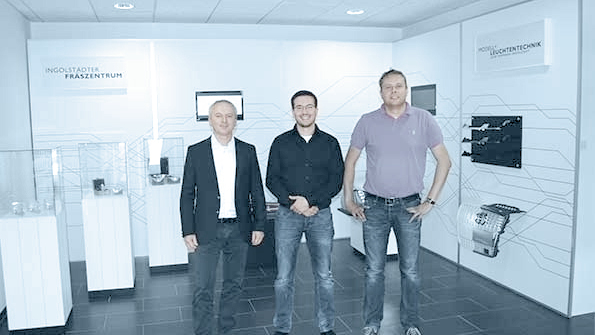
Both organizations perfectly complement each other and are superbly coordinated. Of all the components programmed and manufactured in the milling center, 50% are designed and developed in-house. Their customers include automotive manufacturers and development service providers as well as design studios and series suppliers. The state of Bavaria also appreciates the company’s economic stability and innovative strength: In 2014, Josef Hofmann Modell- und Leuchtentechnik GmbH was one of the winners of BAYERNS BEST 50, a prestigious award that the Bavarian State Ministry for Economy and Media, Energy and Technology has awarded annually since 2002 to the 50 fastest-growing mid-sized companies.
Three decades of model manufacturing and CAD/CAM
When Tebis and their customers from all over the world came together at a large Open House in May 2014 to celebrate the company’s 30th anniversary, Jürgen Hofstetter and Christoph Bayer were two of the guest speakers. Hofstetter is the operations manager of Ingolstädter Fräszentrum GmbH. Bayer is not only responsible for project coordination between the two companies, he is also the grandson of founder Josef Hofmann. The Hofmann companies will always be very special to Rindfleisch – and the friendly collaboration between the two companies has continuously grown and deepened over the years.
Visiting the first Tebis customer
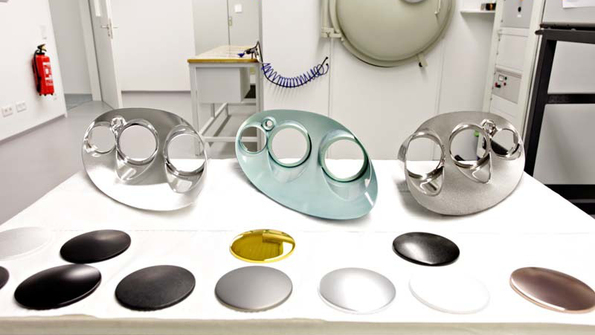
The joint presentation as well as the enthusiasm of our chairman made us curious: so we decided to visit the first Tebis customer. Like Tebis, the two companies in Ingolstadt are typical mid-sized companies that started "from scratch." Josef Hofmann established a cabinetmaking shop in 1950. For the next three decades, he expanded his product range with body model manufacturing, plastic processing and metrology until in 1984 he purchased the Bohner & Köhle milling machine with a Fidia controller that so delighted Rindfleisch. Hofstetter and Bayer welcome us with a walk around the company site. Between 2012 and 2014, new buildings were constructed to provide much more space and to underscore the innovative character of the company. A modern floating environment has long since replaced the hardlock with number 204001. Tebis is used at Hofmann throughout the entire CAM process chain. In production planning, the Digitized Data Processing and Advanced Surface Design modules are used to prepare the components for NC programming. The Analyzer and Organizer ensure improved organization and comprehensive information. All modules for 3+2-axis milling and 5-axis simultaneous milling, the 2.5D drilling and milling modules and feature design are available for programming. The programs can also be optimized for time-saving multiple setup. The Tebis Simulator plays an important role in essentially bringing the workshop to the desktop to enable realistic simulation of all machining types.
Tebis as process solution
"Until two years ago, we used Tebis primarily as a pure programming system, and had not really thought about consulting and comprehensive process solutions," says Hofstetter when we enter the impressive machine shop, which has been continuously expanded over the years. The machinery now includes several machines for 5-axis simultaneous milling and 3+2-axis milling with positionable axes, including machining centers for manufacturing complete vehicles. One of the 5-axis milling machines is a Röders high-speed machine that was commissioned in 2011. Bayer explains why the purchase of this machine prompted a rethinking process: "This machine achieves top accuracy, and the surface quality of the finished components is outstanding. But this places extremely high demands on the NC output. We concluded that the complex machining situation at this machine can only be mapped accurately with the Tebis Simulator." But the innovators from Ingolstadt went one step further: "When we realized that process solutions translate into faster and better results, we wanted to increasingly use the Job Manager and the options for automation," adds Hofstetter. "Tebis Consulting gave us comprehensive advice on this topic. Tebis Implementation is currently helping us with the optimization of our processes. For example, we are establishing a tool database that maps our tools truly 1:1 in the virtual environment. We can hardly wait to see the results of these optimization processes!"
Like all components, this fiber-optic conductor has also been completely programmed in Tebis.
